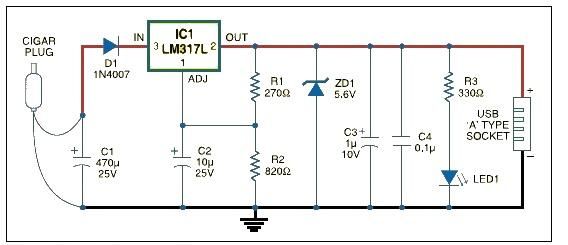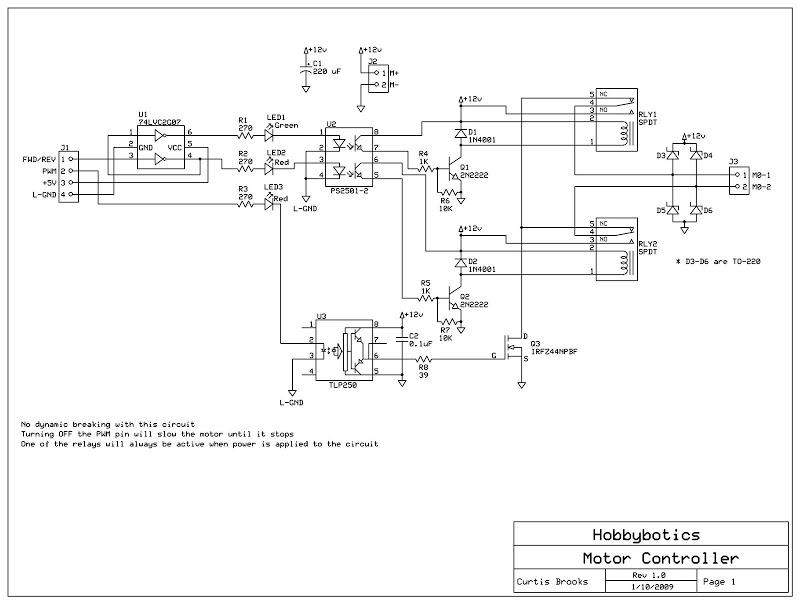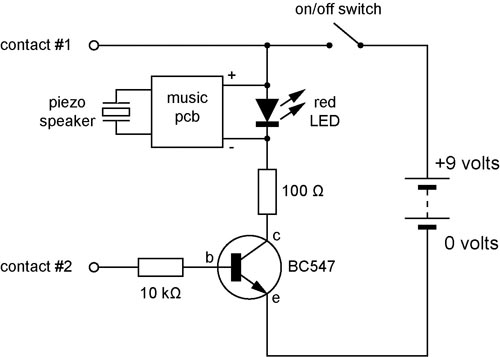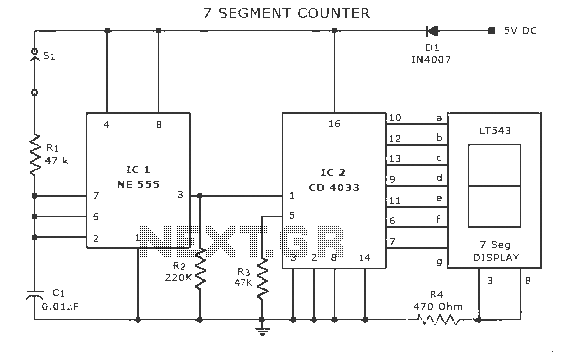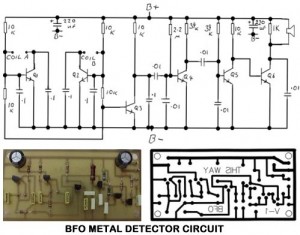
door bell circuit
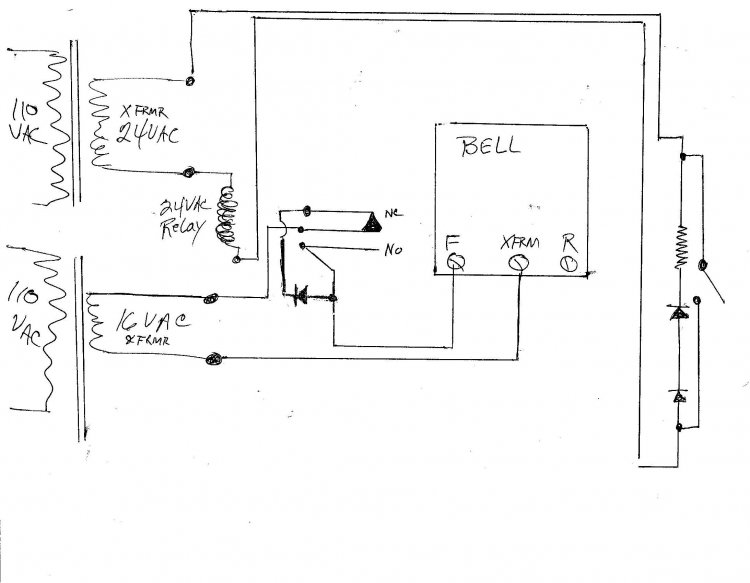
A new wired doorbell has been installed, specifically the Heath/Zenith Model #LE-65-B (Electronic). A new 16 Volt transformer was also added, along with a lighted pushbutton and a diode. Initially, all components functioned correctly, including the lighted pushbutton. However, after a few hours, the doorbell ceased to operate, and the pushbutton light turned off.
The installation of the Heath/Zenith Model #LE-65-B wired doorbell involves several essential components, including a transformer, a pushbutton, and a diode, each playing a critical role in the overall functionality of the doorbell system.
The 16 Volt transformer serves as the power supply, converting standard household voltage to a lower voltage suitable for the doorbell. It is crucial that the transformer is properly rated to ensure it can deliver sufficient current to the doorbell and any additional components such as the lighted pushbutton.
The lighted pushbutton is designed to illuminate when pressed, providing a visual indication that the doorbell has been activated. This component typically consists of a momentary switch that closes the circuit when pressed, allowing current to flow from the transformer to the doorbell chime. The diode connected in the circuit serves to protect the system from potential back EMF (electromotive force) generated by the doorbell chime when it is deactivated.
In the event that the doorbell ceases to function, as described, it is important to troubleshoot the circuit systematically. Checking the transformer output voltage with a multimeter can help determine if the transformer is supplying the correct voltage. If the transformer is functioning properly, the next step would be to inspect the pushbutton for any mechanical failure or wiring issues. The diode should also be examined, as a failed diode could allow reverse voltage to damage the system.
Overall, attention to the installation and proper functioning of each component is essential to ensure the reliable operation of the wired doorbell system.Hi, Have installed a new wired doorbell. (DESA) Heath/Zenith Model #LE-65-B. (Electronic) I also changed and added a new 16 Volt Xfrmer and a lighted pushbutton and a diode. After install, all worked fine including the ""Lighted"" pushbutton. I checked the bell a few hours later, it stopped working and the pushbutton light was off.. 🔗 External reference
The installation of the Heath/Zenith Model #LE-65-B wired doorbell involves several essential components, including a transformer, a pushbutton, and a diode, each playing a critical role in the overall functionality of the doorbell system.
The 16 Volt transformer serves as the power supply, converting standard household voltage to a lower voltage suitable for the doorbell. It is crucial that the transformer is properly rated to ensure it can deliver sufficient current to the doorbell and any additional components such as the lighted pushbutton.
The lighted pushbutton is designed to illuminate when pressed, providing a visual indication that the doorbell has been activated. This component typically consists of a momentary switch that closes the circuit when pressed, allowing current to flow from the transformer to the doorbell chime. The diode connected in the circuit serves to protect the system from potential back EMF (electromotive force) generated by the doorbell chime when it is deactivated.
In the event that the doorbell ceases to function, as described, it is important to troubleshoot the circuit systematically. Checking the transformer output voltage with a multimeter can help determine if the transformer is supplying the correct voltage. If the transformer is functioning properly, the next step would be to inspect the pushbutton for any mechanical failure or wiring issues. The diode should also be examined, as a failed diode could allow reverse voltage to damage the system.
Overall, attention to the installation and proper functioning of each component is essential to ensure the reliable operation of the wired doorbell system.Hi, Have installed a new wired doorbell. (DESA) Heath/Zenith Model #LE-65-B. (Electronic) I also changed and added a new 16 Volt Xfrmer and a lighted pushbutton and a diode. After install, all worked fine including the ""Lighted"" pushbutton. I checked the bell a few hours later, it stopped working and the pushbutton light was off.. 🔗 External reference
